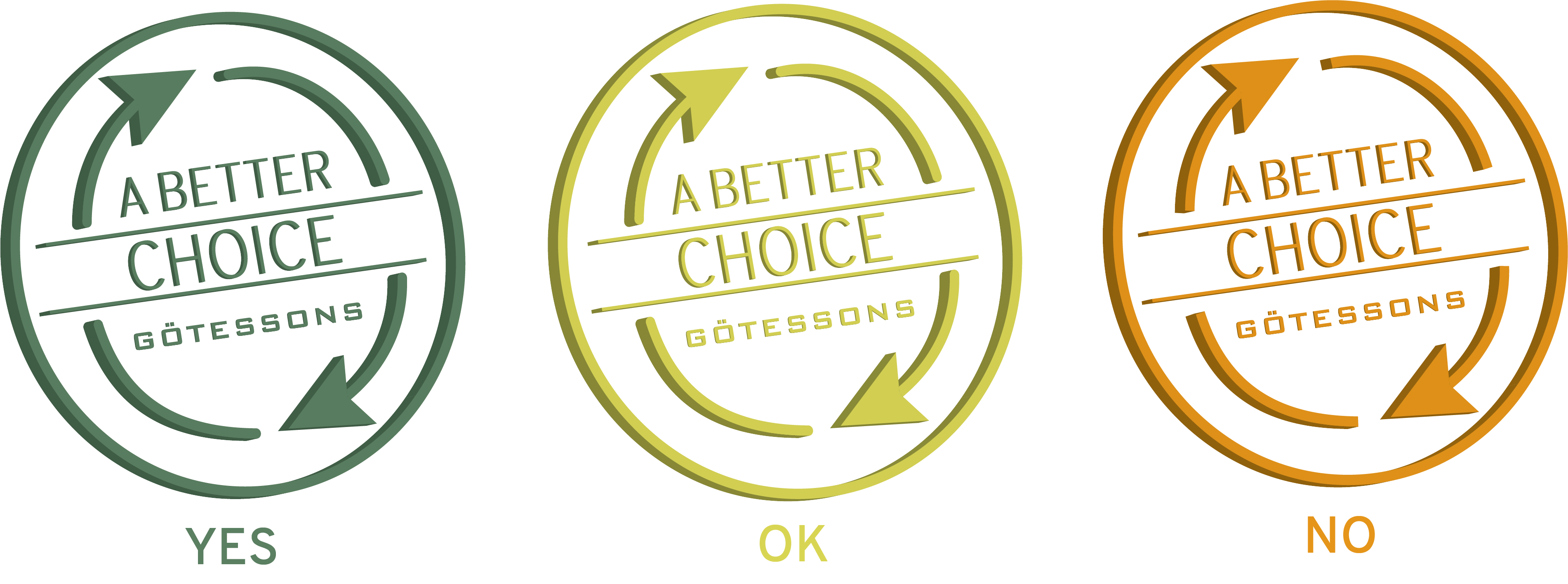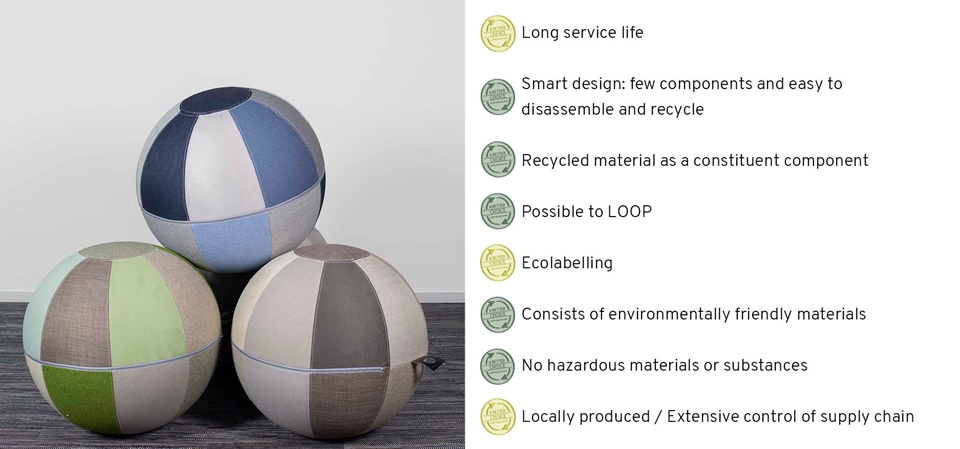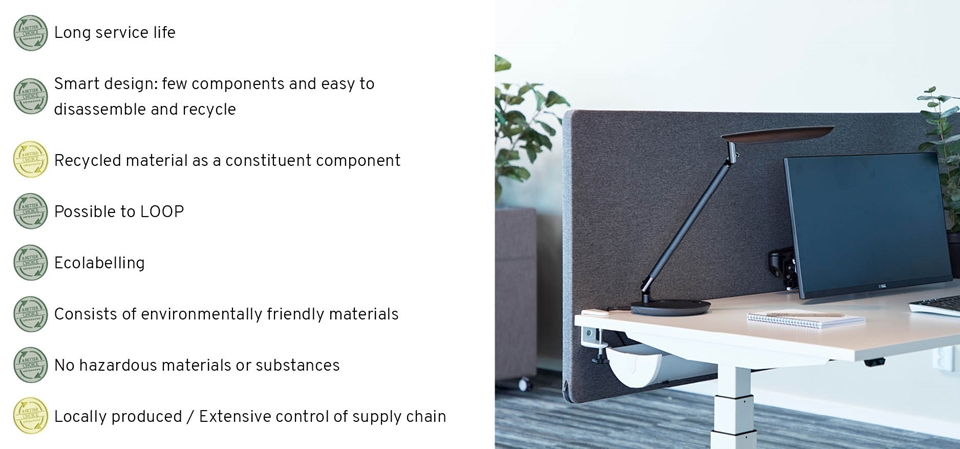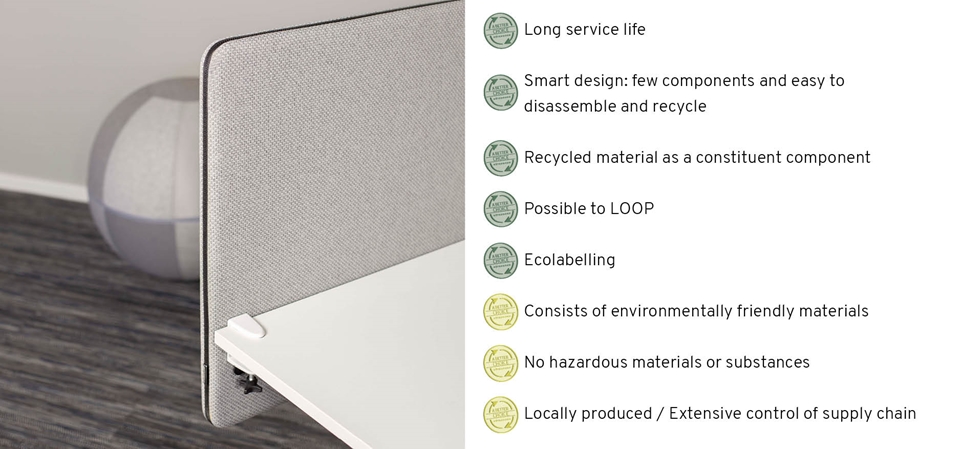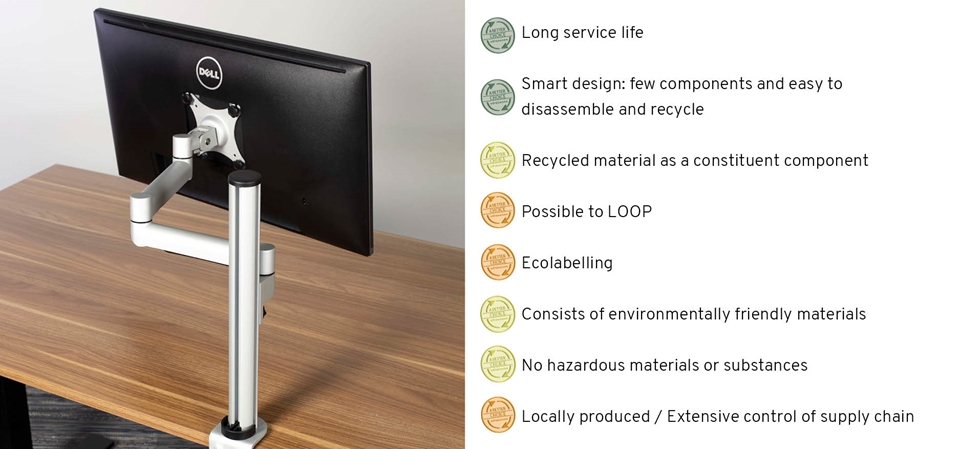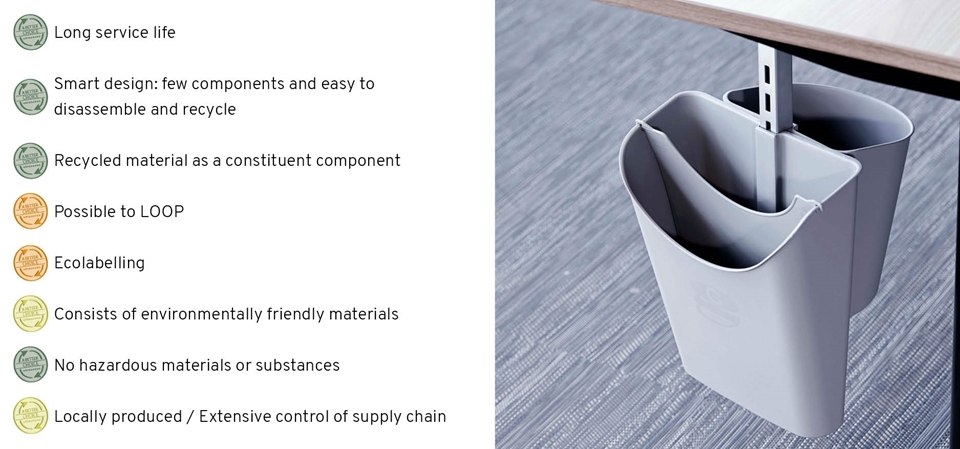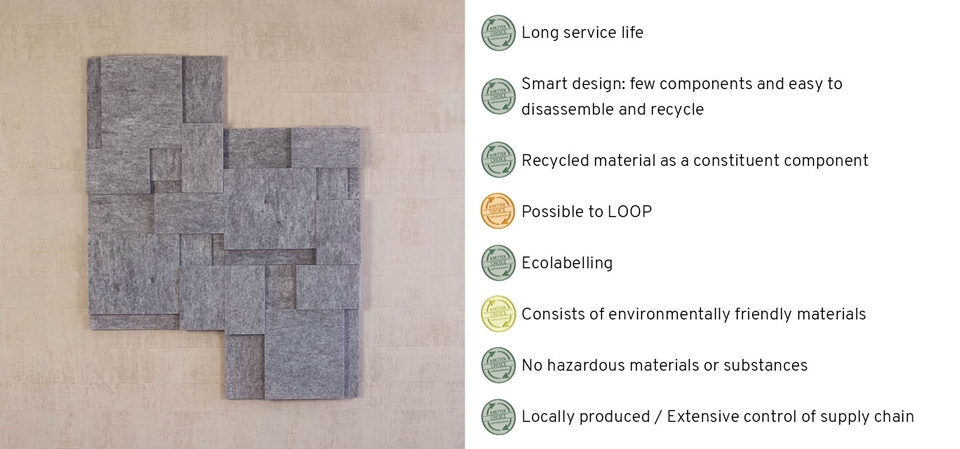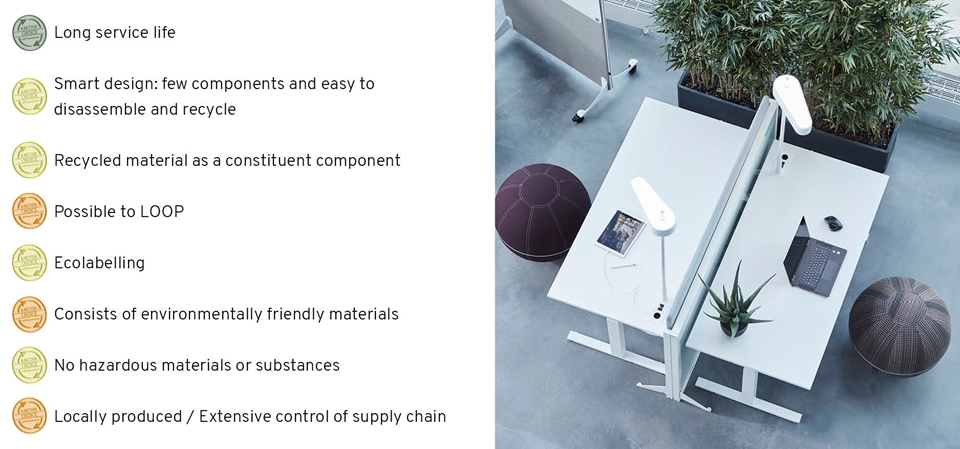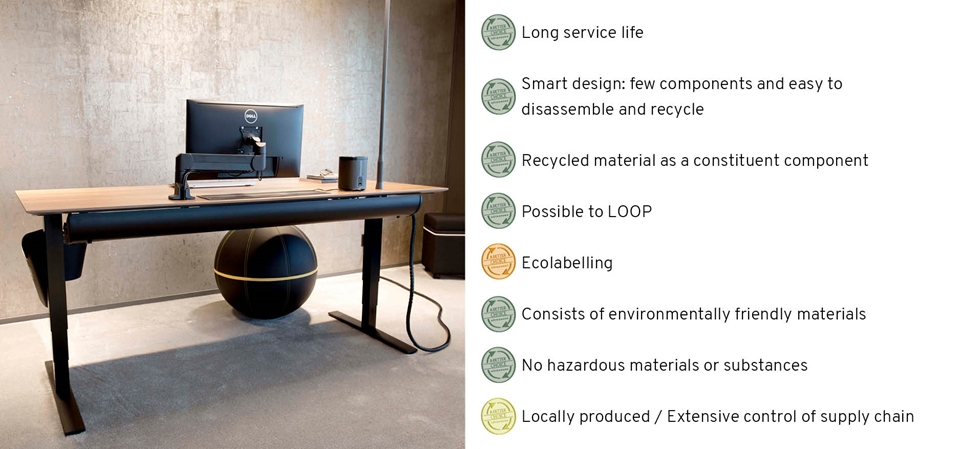All the furniture we buy and consume has an impact on our environment and planet, and is produced by working people in several lines of material extraction and manufacturing, before the customer finally gets the piece of furniture to their chosen place. The environmental impact of consumption must be minimized, but furniture for offices and public spaces will continue to be produced whether we like it or not. Therefore, the products that are produced, bought, and used, needs to have as small an impact as possible. In other words, a new product can from an environmental point of view be better or worse, but not good.
How do you know if a product has a high or low environmental impact? To answer questions like these, thorough and extensive research is needed, in the form of e.g. life cycle analyzes and environmental product declarations. Götessons aims to offer this information for the product range and have started the work, but are aware that this process will take tame.
At Götessons, we still want to help our customers and interior designers make a better choice. But how can we do that if there are no figures, analyzes and third-party reviews on various environmental parameters yet? Therefore, we have selected products for a complete workplace, which we ourselves recommend because we consider them to be a little better in terms of environmental sustainability. Eight requirements have been set up and these products have passed at least five of them. You can read about the requirements further down on this page. These include long service life, constituent materials and recycling.
Read further to see what we recommend for a better and conscious choice of products!
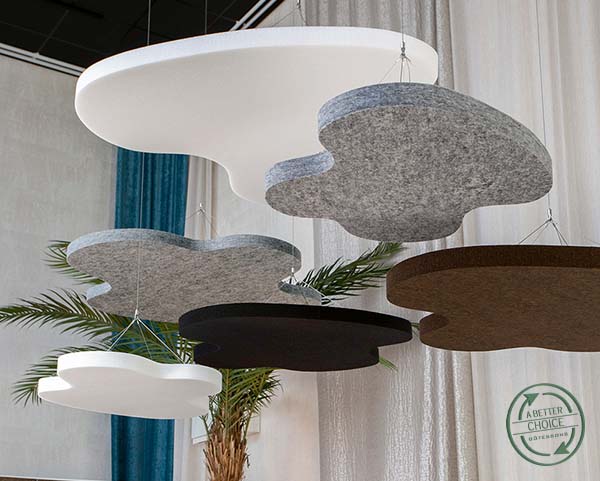
Requirements for Götessons to recommend the product:
We have set up 8 requirements where at least 5 of them must be met (green or yellow) for us to recommend it.
1. Long service life
The product shall have a service life of at least 10 years.
2. Smart design: few components and easy to disassemble and recycle
a. No unnecessary components are used for the furniture to function, e.g. screws, rivets, staples. Fewer components makes the product easier to refurbish, reuse and recycle.
b. The product must be easy to disassemble in order to reuse or recycle correctly.
c. For lighting and electronic devises, a minimum energy class of A+ applies.
3. Recycled material as a constituent component
The product must have at least one constituent component that is made from recycled material.
4. Possible to LOOP
The product can be refurbished and reused in accordance with Götessons’ LOOP concept.
5. Ecolabelling
The product shall have an eco-label in form of Möbelfakta or the Nordic Swan Ecolabel. The textile must be labelled with OEKO-TEX, EU Ecolabel or other equivalent label.
6. Consists of environmentally friendly materials
-Water-based paint and lacquer
-FSC-labelled wood
-Fiberboard or MDF with low VOC content
-Eco-labeled textiles
-Components made of pure materials that have not been combined, e.g. a textile of 100% polyester instead of a material blend.
-Laminated boards
7. No hazardous materials or substances
-Chemicals admitted to the European SVHC list (Substances of Very High Concern), REACH Annex 14 and REACH Annex 17.
-Dirt- and water repellent substances, e.g. PFAS, occurs among furniture and textiles.
-Flame retardants, e.g. chlorinated and brominated compounds, found in plastics, electronics and textiles.
-Emollients and softeners, e.g. phthalates, found in plastic and rubber.
-Solvents, from paint and adhesives, contains VOC.
-Surface treatment with chrome and nickel.
-Polyurethane, contains isocyanates, occurs in upholstery foam.
-High levels of formaldehyde, occurs in fiberboards.
8. Locally produced / Extensive control of supply chain
The products’ value chain is controlled, transparent and regularly followed up. The product is manufactured in the EU.






